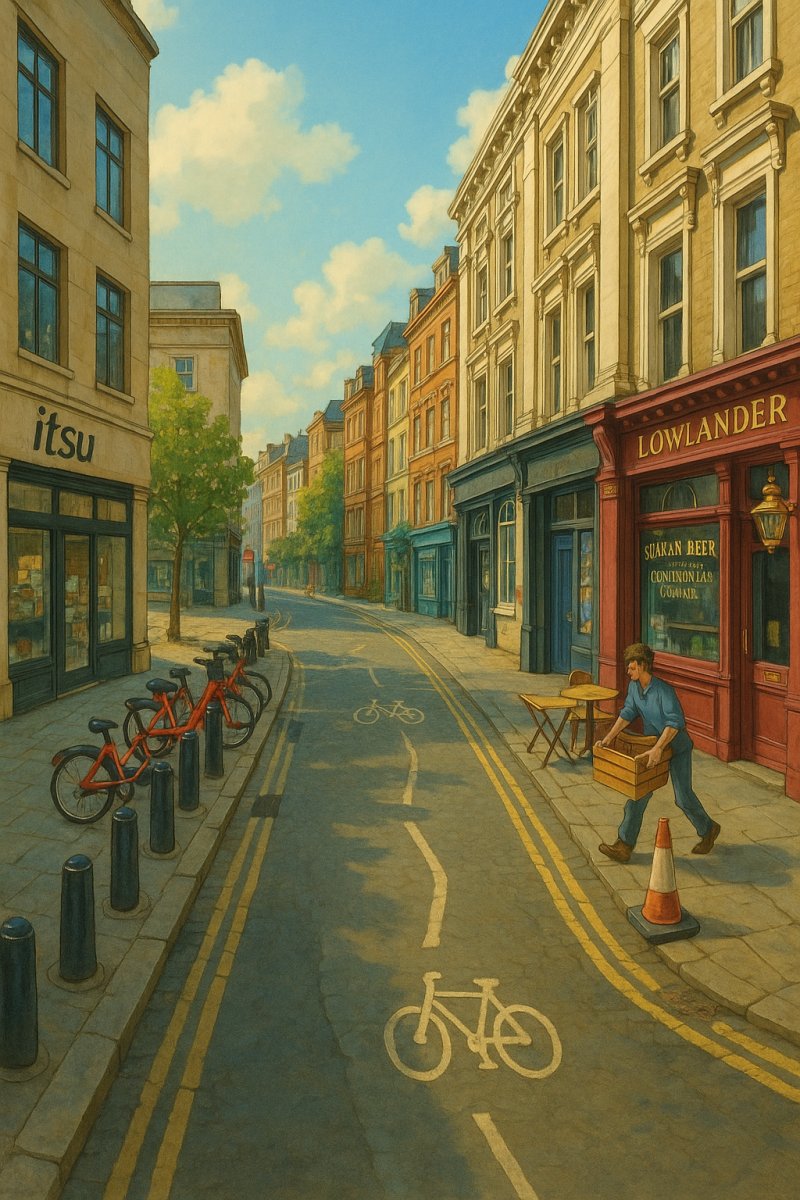
Drury Lane: A Historic Thoroughfare in the Heart of London’s Theatreland
Where is Drury Lane?
Drury Lane is located in the heart of London’s West End, within the City of Westminster and the London Borough of Camden. Running to the west of Kingsway and just a stone’s throw from Covent Garden, the street sits in the midst of London’s vibrant Theatreland.It stretches from the junction with High Holborn in the north to Aldwych in the south, passing close to several iconic landmarks and bustling entertainment venues.
How Long is Drury Lane?
Drury Lane is approximately 0.4 miles (around 0.65 kilometres) in length. Despite its relatively short stretch, the street plays an outsized role in London’s cultural and theatrical landscape.A Brief History of Drury Lane
Drury Lane dates back to the early 17th century. Originally known as the Via de Aldwych, it was developed as part of a residential area created during the reign of King James I.By the mid-1600s, Drury Lane had become a fashionable area filled with fine houses. However, by the end of the 17th century, the street's reputation declined, and it gained notoriety for crime and poverty. Over time, the area was redeveloped, especially in the 19th and 20th centuries, helping restore its status as part of London's entertainment district.
How Did Drury Lane Get Its Name?
Drury Lane is named after Sir Robert Drury, a prominent figure in Elizabethan England. Sir Robert built Drury House on the site in the early 1500s, and the street gradually took on the name "Drury Lane" in reference to the family estate.The name was well-established by the early 1600s, shortly after the house and its surrounding lands began to be developed into residential streets.
Connecting Roads
Drury Lane connects with several major and minor streets, making it a vital thoroughfare in central London. Roads that connect to Drury Lane include:- High Holborn
- Parker Street
- Great Queen Street
- Long Acre
- Catherine Street
- Aldwych
Major Buildings Along Drury Lane
Drury Lane is lined with a mix of historical and modern buildings, with significant structures on both its eastern and western sides:East Side:
- The Gillian Lynne Theatre – a major West End theatre originally opened in 1973, known for long-running productions such as Cats and School of Rock.
- Residential and office buildings – including a mix of Georgian and contemporary architecture.
- Freemasons’ Hall – an impressive Art Deco building located on nearby Great Queen Street, just off Drury Lane.
- Numerous eateries, pubs, and boutique shops serving tourists and theatre-goers alike.
Nearest London Underground Stations
Drury Lane is well-served by several London Underground stations within a short walking distance:- Holborn Station (Central and Piccadilly lines) – located at the northern end of Drury Lane.
- Covent Garden Station (Piccadilly line) – a few minutes’ walk to the west of the southern end of Drury Lane.
- Tottenham Court Road Station (Central, Elizabeth, and Northern lines) – about 10 minutes’ walk away.
Fun Fact: The Muffin Man and Nursery Rhymes
A fun and curious fact about Drury Lane is its immortalisation in the English nursery rhyme, “Do You Know the Muffin Man?”. The song begins with the line:“Do you know the Muffin Man, who lives on Drury Lane?”
This whimsical verse has been sung by children for generations, and many Londoners and visitors delight in walking the real-life street that inspired the rhyme. The origins of the song date back to at least the early 19th century and may have referenced the street vendors who once sold baked goods in the area.
Map of Drury Lane, London

Painting of Drury Lane